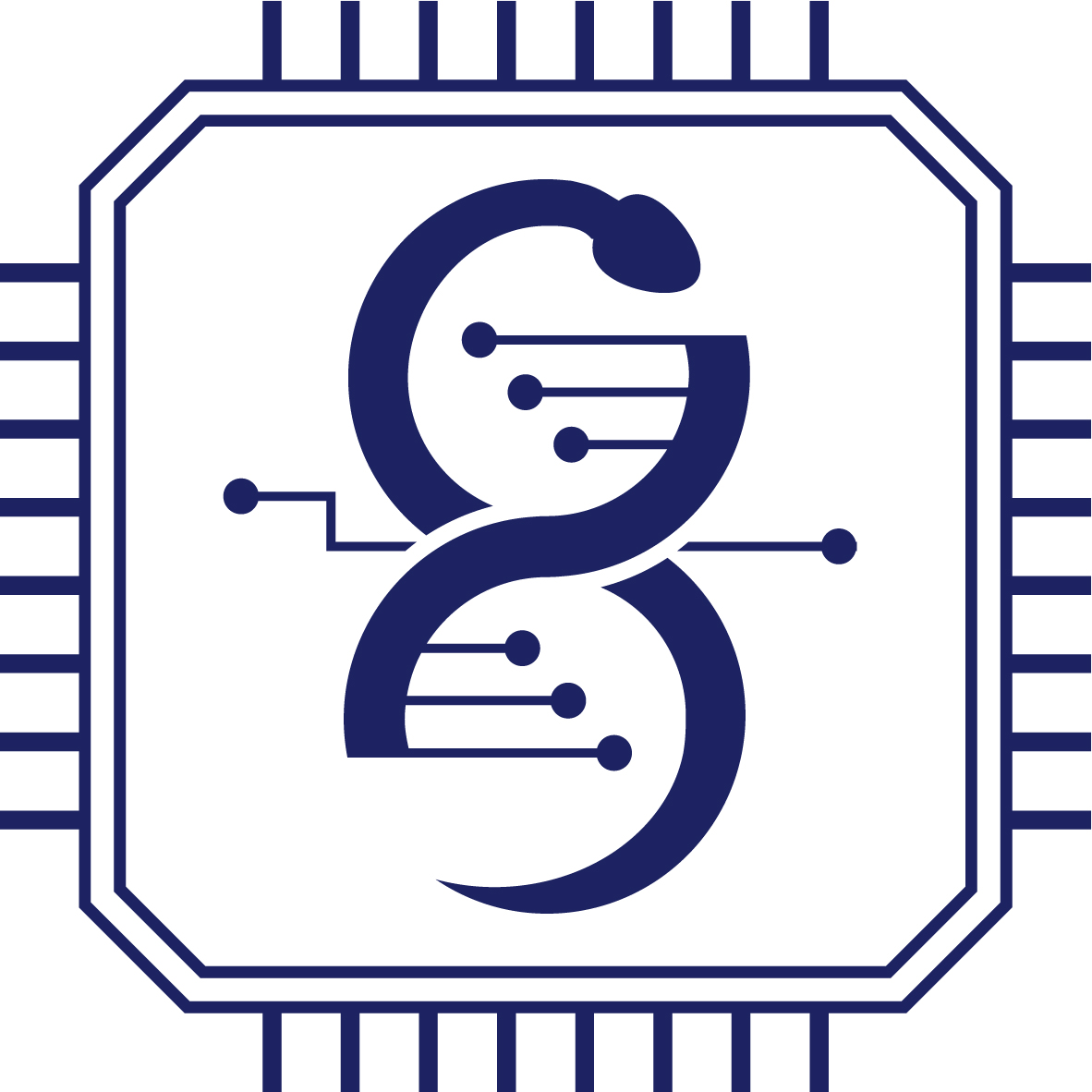Bioinformatics and Regulatory Genomics
In the past few years, our research has focused on genome annotation (e.g., (Taher and Ovcharenko 2009, Taher, Narlikar et al. 2012)), comparative and evolutionary genomics (e.g., (Taher, McGaughey et al. 2011)), epigenetics (Rochman, Taher et al. 2011), inference and dynamics of transcriptional networks (Freiesleben, Hecker et al. 2016, Singh, Ernst et al. 2016), and application of machine learning to transcriptional regulation (e.g., (Martin, Pantoja et al. 2011, Burzynski, Reed et al. 2012, Busser, Taher et al. 2012, Smith, Taher et al. 2013, Taher, Smith et al. 2013, Visel, Taher et al. 2013)). Our current research at TU Graz is articulated along four main axes:
- the mechanisms by which cis-regulatory elements are involved in controlling gene expression;
- the evolution of cis-regulatory elements and the consequences of genomic changes for adaptation and speciation;
- the contribution of cis-regulatory variation to human diseases; and
- the dynamics of transcriptional regulatory networks during development and their impact on the proteome.
To address these questions, we combine the development of computational methods with large-scale genomics data. Specifically, we are currently working on:
- the architecture of the mammalian genome, in particular, the distances separating pairs of cis-regulatory elements (Li, Barth et al. 2018) and their disruption in cancer (Li, Barth et al. 2019);
- the evolution of redundant regulatory networks, specifically, through convergent evolution of transposable elements (manuscript submitted);
- the delayed response on protein levels to changes in transcript levels in the early mouse and human developing embryo due to its poorly competent translational machinery (with P.D. Michele Boiani (MPI Münster) and Prof. Georg Füllen (Universitätsmedizin Rostock); see Israel, Ersnt et al. 2019); and
- transcriptional dysregulation in cancer, with a focus on canine lymphomas as a model for hematopoietic malignancies (with P.D. Hugo Murúa-Escobar (Universitätsmedizin Rostock) and Prof. Ingo Nolte (University of Veterinary Medicine Hanover); see Taher, Beck et al. 2018).
In addition, we are involved in a large number of collaborative projects:
- with Dr. Ramon Birnbaum (Ben-Gurion University of the Negev), on the transcriptional regulation of TWIST1 in limb and craniofacial development.
- with Prof. Christian Pilarsky (Universitätsklinikum Erlangen), on stratification of pancreatic cancer patients (Liu, Yang et al. 2018 and Li, Barth et al 2019).
- with Prof. Gerhard Kroenke (Universitätsklinikum Erlangen), on the regulative mechanisms of the innate and the adaptive immune response.
- with several other members of the Universitätsklinikum Erlangen, including Prof. Christian Thiel and Dr. Mario Zaiss, and of the Department of Biology at the Friedrich-Alexander-Universität Erlangen-Nürnberg, including Prof. Christian Koch (evolution of Colletotrichum higginsianum, (Plaumann, Schmidpeter et al. 2018)), Prof. Johann Helmut Brandstätter (single cell RNA-seq analysis of the retina of mouse models for retinitis pigmentosa), and Dr. Ezzat El-Sherif (patterning in blastoderm and germband stages of Tribolium development).
- with Prof. John Rubenstein (University of California, San Francisco, UCSF), on the regulation of brain development (Silberberg, Taher et al. 2016, Sandberg, Taher et al. 2018).
- With Prof. Effie Kostareli (Queen’s University Belfast), on the epigenetic impacts of Ibrutinib treatment in the chronic lymphocytic leukemia genome.

